Can Great White Sharks Stop Swimming?

The image of a relentless and unstoppable shark, forever in motion, has been a common motif in popular culture. But is there any validity to the claim that sharks must keep swimming or risk drowning? In this article, we'll dive into the fascinating world of shark respiration to uncover the truth behind this myth.
Breathing Methods of Sharks: Ram Ventilation and Buccal Pumping: Sharks possess two distinct methods of breathing, each adapted to their unique lifestyles. The first method, known as "ram ventilation," involves the shark propelling itself forward with its mouth open, allowing water to flow across its gills. This motion enables oxygen-rich water to pass over the gills, facilitating oxygen exchange for the shark's survival. When a shark ceases its forward movement, the flow of water across the gills is disrupted, potentially affecting its ability to extract oxygen from the water.
The second method is called "buccal pumping," where sharks utilise their cheek muscles to actively draw water into their gills. Some species, like those that rest on the seabed, employ this technique by sucking water through specialised openings called spiracles located near their eyes, allowing them to breathe while remaining stationary.
Variation Among Shark Species: Buccal Pumping vs. Ram Ventilation: Contrary to the assumption that all sharks must remain in motion to survive, research has revealed a diverse range of breathing strategies among different shark species. Out of the over 530 shark species inhabiting our oceans, only around 20 are "obligate ram ventilators." This implies that a majority of sharks do not solely rely on constant swimming for respiration.
Hybrid Breathing Techniques: Flexibility for Survival: Many sharks utilise a combination of both ram ventilation and buccal pumping, adapting their breathing methods to their activity levels. For instance, even the classic image of a shark, like the ragged-tooth shark, resorts to buccal pumping to supplement its breathing when swimming at slower speeds. This versatility ensures their survival across various scenarios.
The Exception: Iconic Shark Species and Continuous Motion: While most sharks can cease swimming without jeopardising their oxygen intake, a select few iconic species, including great white sharks, whale sharks, hammerheads, and mako sharks, rely heavily on constant forward motion or a strong current to maintain oxygen supply. For these species, halting their movement could potentially lead to suffocation.
Conclusion: Dispelling the Myth: In the grand tapestry of shark species, the notion that all sharks must swim continuously is debunked. While some, like the previously mentioned iconic species, are indeed dependent on perpetual movement, the majority of sharks exhibit a remarkable adaptability, utilising a combination of ram ventilation and buccal pumping to ensure their survival. So, the next time you encounter a motivational quote involving sharks and ceaseless swimming, remember that reality is far more diverse and fascinating than fiction.

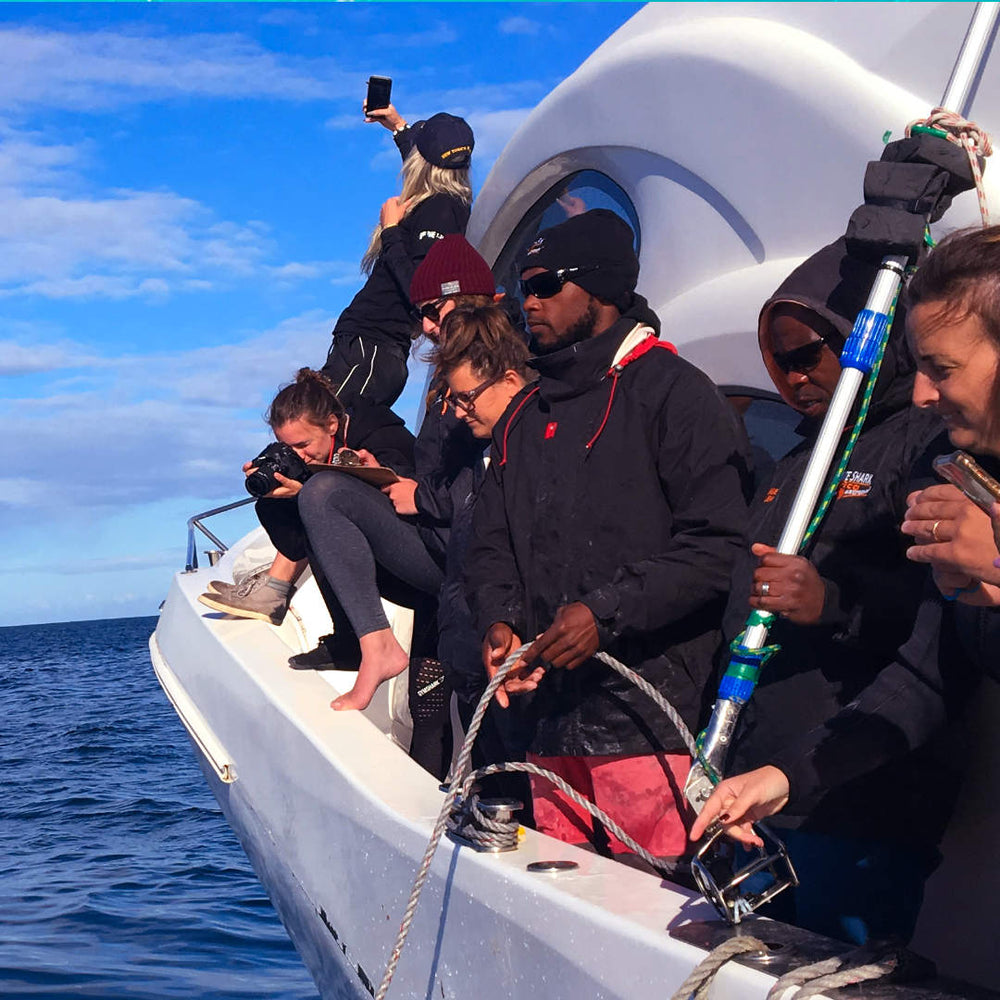






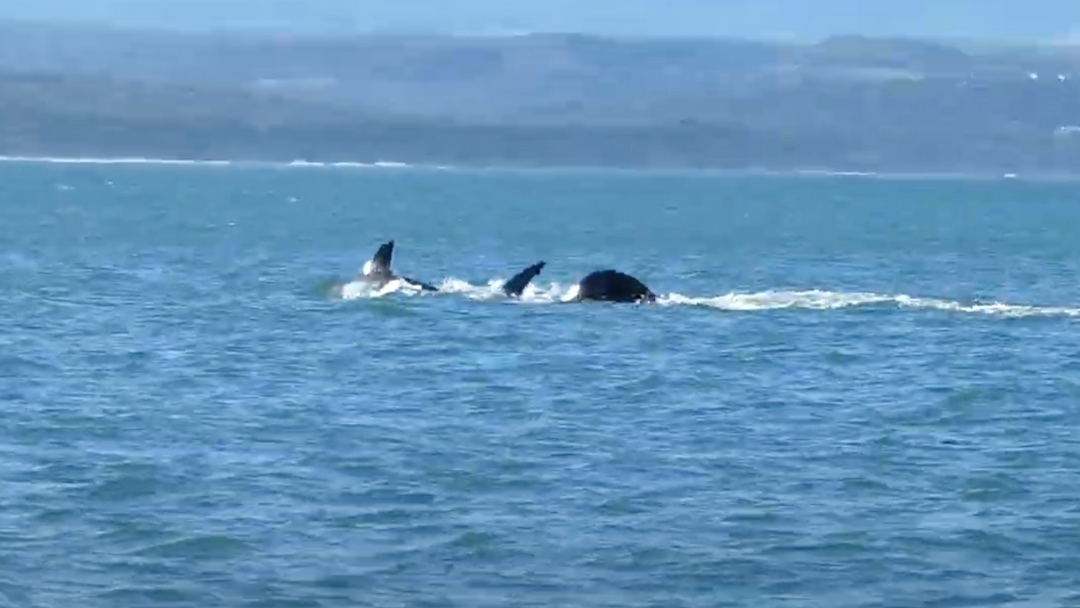
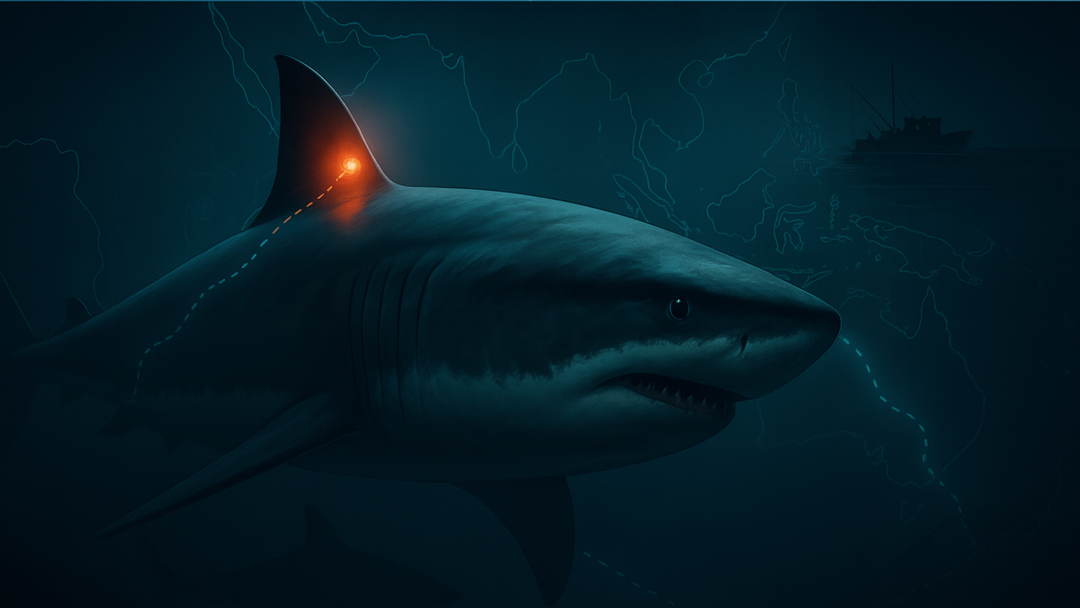
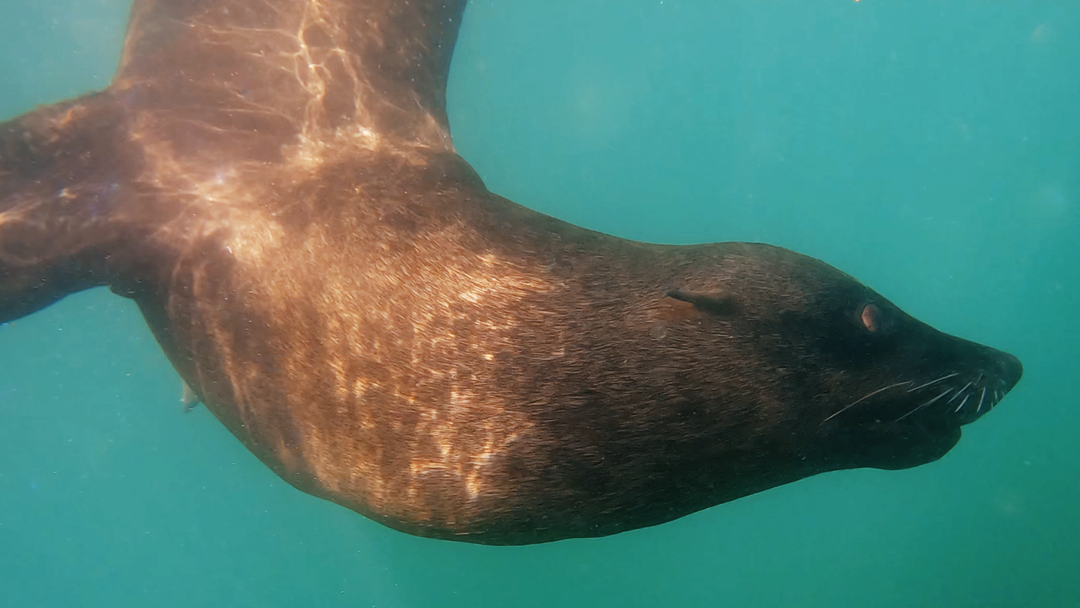
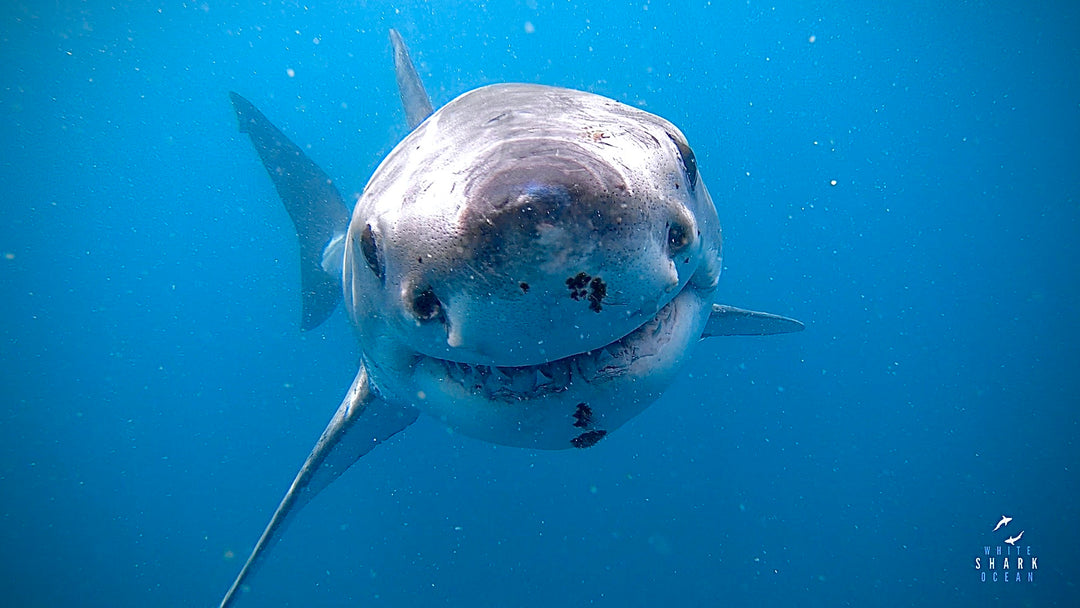
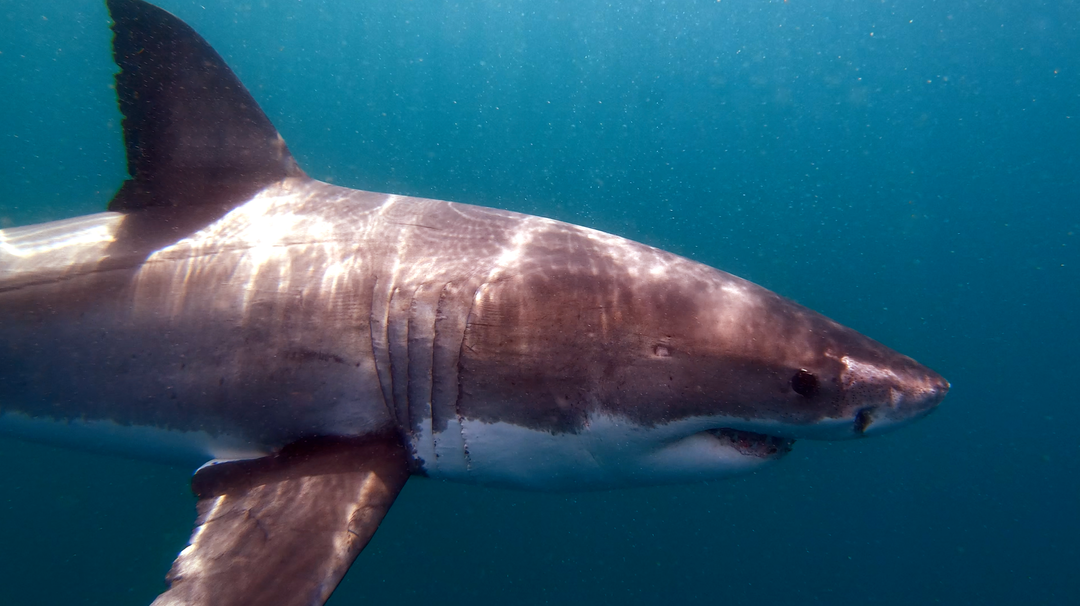

I wonder, because of the continuous movement with the specific species you mentioned. If they were to swim faster, or very suddenly (during an attack) would it energize them? My hypothesis is that more flow of water would be forced into their mouth at a higher rate, causing an increase in oxygen intake. Maybe it’s like a can of red bull
No, they cannot
Leave a comment